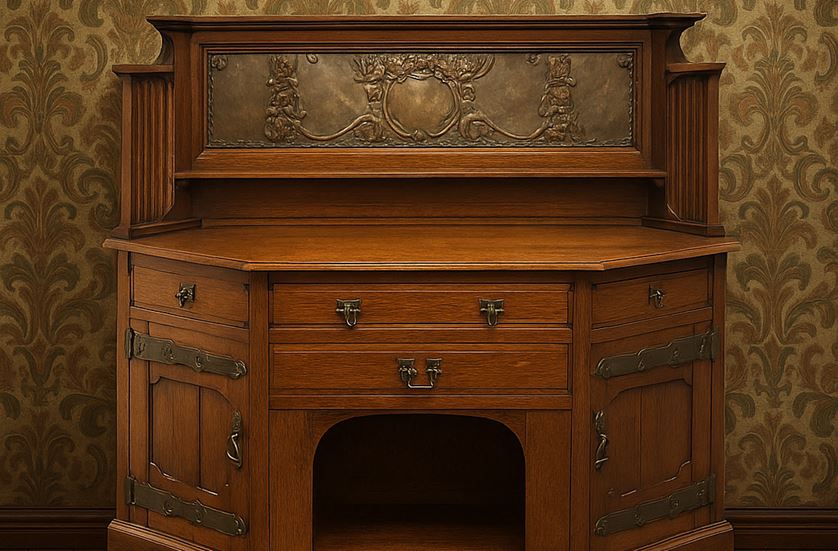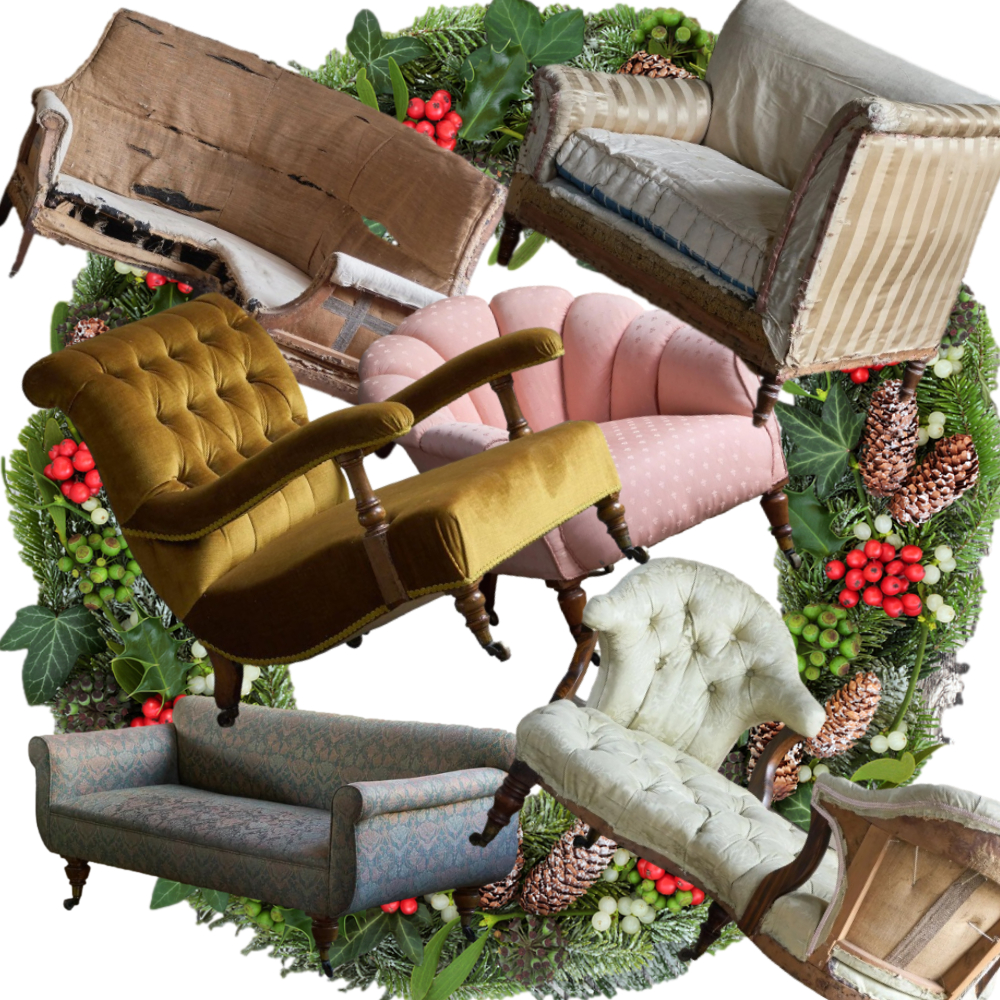
Arts and crafts furniture comes from a specific movement in furniture design in the late 19th and early 20th centuries. The Arts and Crafts movement was renowned for its distinctive style of handcrafted furniture that celebrated traditional craftsmanship and a simple yet functional design.
Unlike the highly decorative Victorian styles that followed, Arts and Crafts furniture focused on clean lines and practicality. The movement was an act of rebellion by cabinet makers, who felt they were being replaced in their craft by machines and factories.
Each piece was created by hand, often from solid oak or walnut, with careful attention paid to detail and a high-quality finish.
In this blog, we’ll look at the craftsmanship, the lasting appeal, the design elements, and the distinct qualities, including a comparison of walnut vs oak furniture.
Why handcrafted furniture defined the Arts and Crafts movement
The defining feature of antique Arts and Crafts furniture was its handcrafted nature. Skilled craftsmen and women would construct each piece individually, focusing on techniques famous at the time, like mortise and tenon joints.
These techniques were left visible on purpose - the crafters in this era wanted to showcase the joinery in the craft rather than hide it. By doing so, these artisans prioritised one main thing that factories and machines could not replace – the human touch.
The emphasis on handcraftsmanship also meant that no two pieces were the same. The subtle differences in each piece added some charm and individuality – qualities that continue to appeal to collectors of 19th and 20th-century furniture today.
How simple, functional design shaped the Arts and Crafts movement
Arts and Crafts furniture is known for its simplicity. Designs avoided excessiveness and instead focused on functionality. Strong vertical lines and proportional structures gave pieces a sturdy yet elegant appearance.
While the overall look of the furniture was minimal, slight decorative touches were added for aesthetic reasons.
The movement's respect for naturality was reflected in its choice of material. Solid woods like oak and walnut were popular, and dark stains were often featured to enhance the natural grain of the wood.
Oak vs walnut furniture: Which is best for Arts and Crafts style?
As we have touched on, the two key materials were oak and walnut. Oak was prized for its strength and distinct grain, with many pieces of antique oak furniture still holding a strong look and function with the right maintenance
For instance, furniture pieces such as this Arts and Crafts desk by James Worrall remain in pristine condition.
Walnut is known for its richer tone and smooth finish. It is a popular choice for high-end furniture in both looks and function – a strong wood that ages beautifully.
Final thoughts – why Arts and Crafts furniture remains timeless
Today, Arts and Crafts remains highly sought after for its craftsmanship and timeless design. These pieces are valued for quality over quantity, tradition over trend and the human touch of skilled artisans.
By understanding the reasons behind Arts and Crafts furniture and its uniqueness, you will begin to better appreciate its beauty and functionality.
Enjoyed this piece? Read more on the full history of the Arts and Crafts movement here







